Your cart is currently empty!
5 Cubic Foot Gasoline Cement Mixer – Pro-Series
- For construction and homeowner use
- For small to medium size building projects
- Mix small quantities of drywall mud, stucco, mortar, concrete and more
- CLICK HERE TO WATCH PRODUCT VIDEO
10 in stock
-
Description
The Pro-Series 5 Cubic Foot / 2.5 HP Gasoline Cement Mixer is the ideal size for mixing concrete for small to medium size projects around the house. Use this gasoline cement mixer to build a backyard BBQ pit, pour a concrete slab for a shed, repair an in-ground pool, or set fence posts. This general duty Gasoline Cement Mixer handles drywall mud, plaster, stucco, mortar, concrete and more.
The 14.5 diameter drum opening is wide enough to make adding dry mix easy. Metal gears turn the drum at 24 RPM. Full thermal overload protection keeps the engine from overheating. A plastic cover protects the engine from splashing wet mix. 10 inch wheels and wheelbarrow style handlebars make for easy maneuverability.
- For construction and homeowner use
- For small to medium size building projects
- Mix small quantities of drywall mud, stucco, mortar, concrete and more
- Gasoline powered 2.5 HP engine
- 5 cubic foot drum capacity, drum speed 24 RPM at 2,800 RPM
- 14.5 inch diameter drum opening
- Decibel rating: 101 dB
- Protective cover for engine
- 10 inch wheels
- Wheelbarrow style handlebars
- Full thermal overload protection
Item # CMG5
Besides the traditional use of cement, I even use it on the farm to mix cattle feed or treat seeds before planting.
This portable concrete mixer is easy to assemble, and I can maneuver it around easily, too!
Using a cement mixer on a job site requires proper setup to ensure safety. Here’s a step-by-step guide on how to use a cement mixer:
Set up the mixer: Choose a suitable location on the job site. Ensure it is on a stable and level surface. Equally important, follow the manufacturer’s instructions for assembling the mixer.
Prepare materials: Gather all the materials needed for your concrete mix, including cement, sand, gravel, and water.
Of course, before operating the cement mixer, take necessary safety precautions. Of course, I highly recommend you wear protective gear. In general, use safety goggles, gloves, and a dust mask.
Add materials: Start the mixer drum rotating before adding materials. Gradually pour the measured quantities of cement, sand, and gravel into the drum while it is rotating.
Add water: While the drum is rotating, slowly add water to the mixture. The amount of water needed will depend on the desired consistency of the concrete. After that, add water gradually to achieve the right mix, avoiding excessive water that can weaken the concrete.
Mix thoroughly: Allow the mixer to rotate for a sufficient amount of time to ensure the materials are thoroughly mixed.
Check consistency: After mixing, stop the mixer and inspect the consistency of the concrete. If necessary, make adjustments by adding small amounts of water or dry materials until the desired consistency is achieved. Aim for a mix that is workable but not overly wet or dry.
Pouring the concrete: Once the concrete mix is ready, stop the mixer and carefully tilt the drum to pour the concrete into a wheelbarrow, buckets, or directly into the desired location on the job site. In addition, take care not to spill or waste the concrete during the pouring process.
Clean the mixer: After pouring the concrete, I recommend you clean the mixer thoroughly to prevent the cement from hardening inside the drum. For example, I just use water and a stiff brush to remove any residue from the drum and other components.
Only logged in customers who have purchased this product may leave a review.
You may also like…
-
Pro-Series
24 in. – 40 in. Adjustable Magnesium Drywall Stilts – Pro-Series
Add to cart$249.99 -
Pro-Series
Drywall / Panel Hoist – Pro-Series
Add to cart$359.99 -
Pro-Series
Drywall Cart 3,000 lb Capacity – Pro-Series
Add to cart$289.99 -
Pro-Series
3.5 Cubic Foot Electric Cement Mixer – Pro-Series
Add to cart$489.99
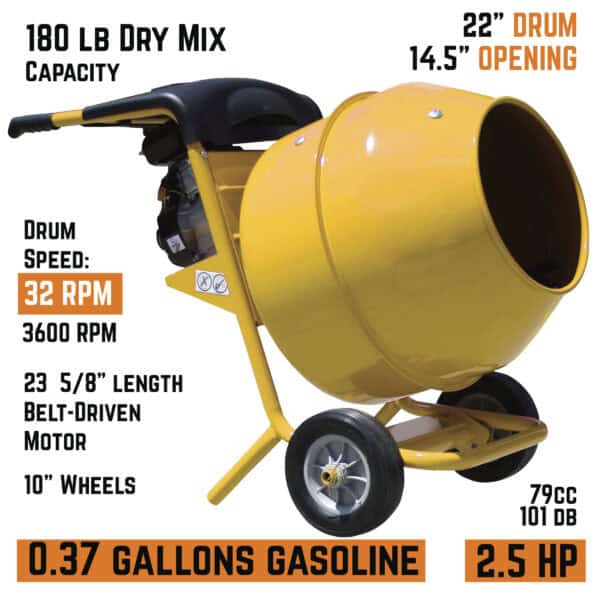
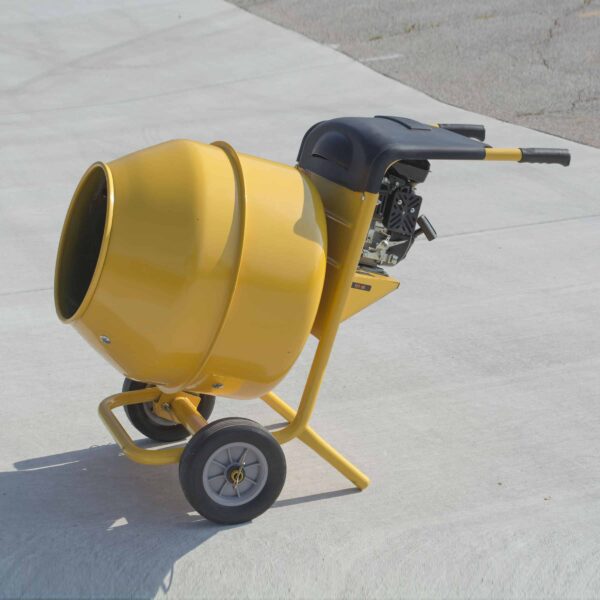
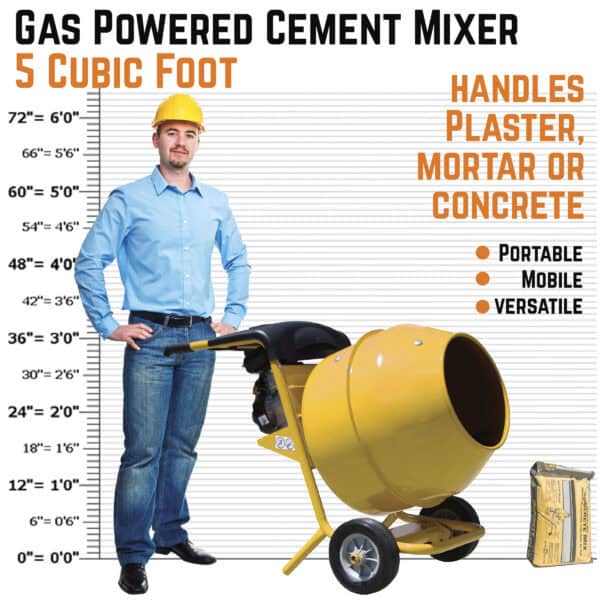
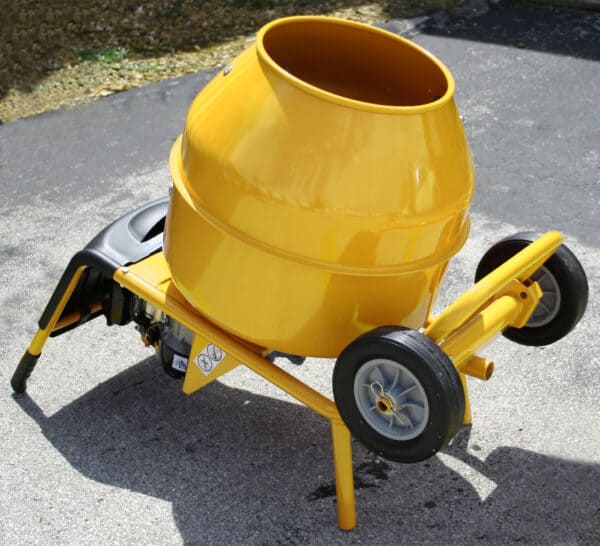
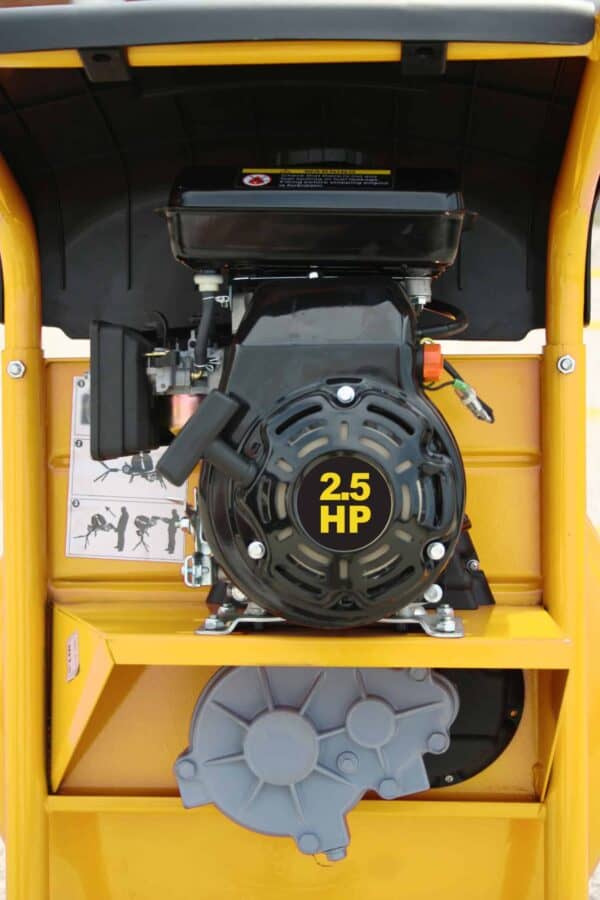
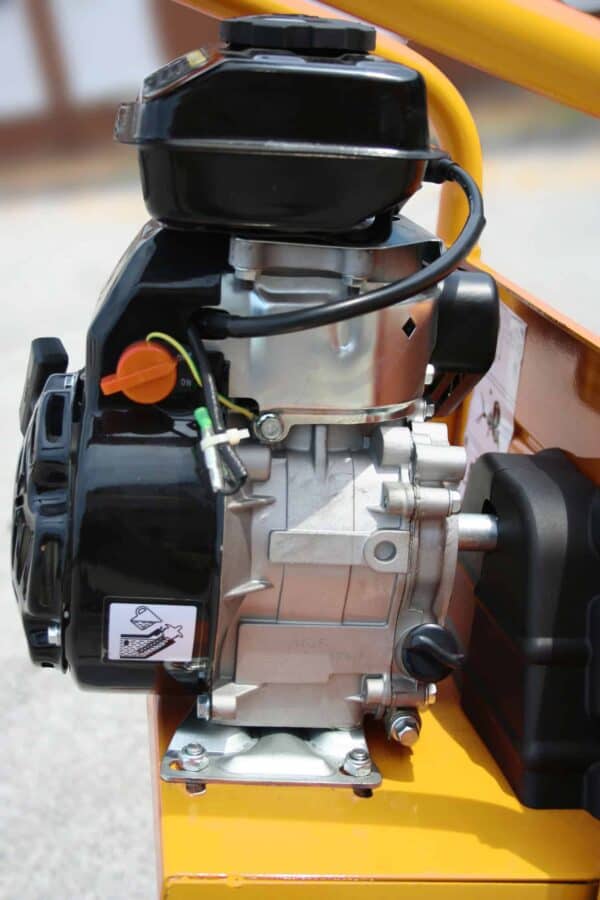
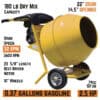
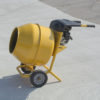
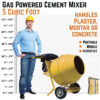
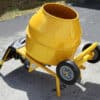


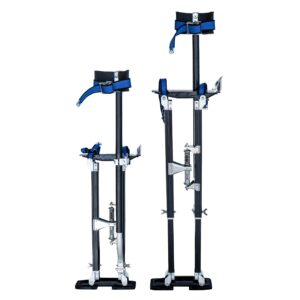
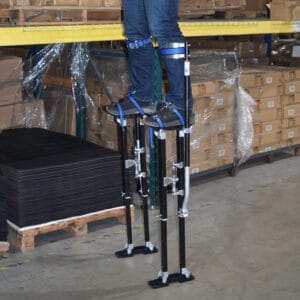
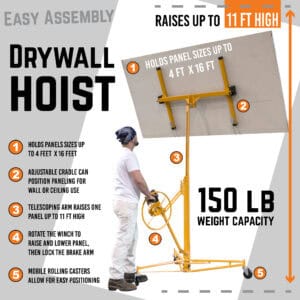
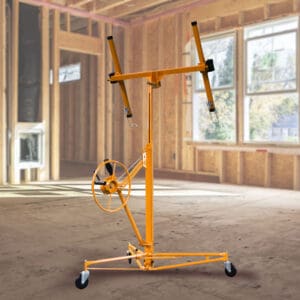
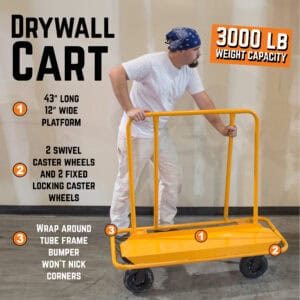
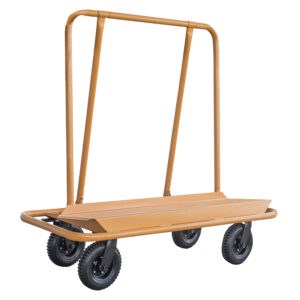
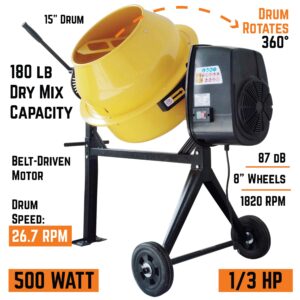
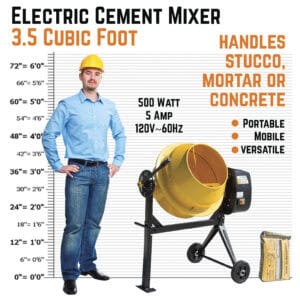
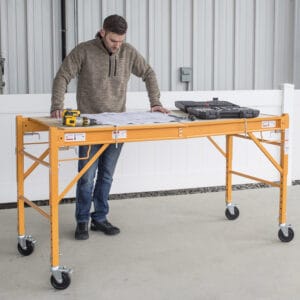
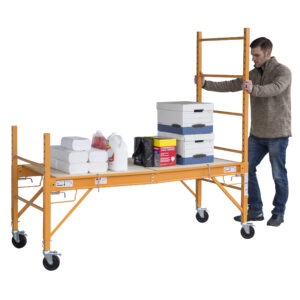
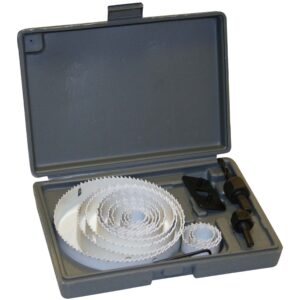
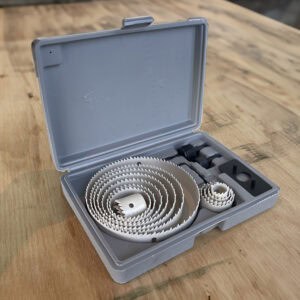
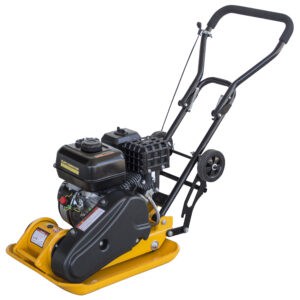
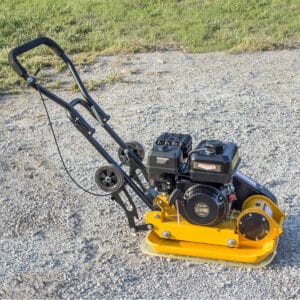


Reviews
There are no reviews yet.